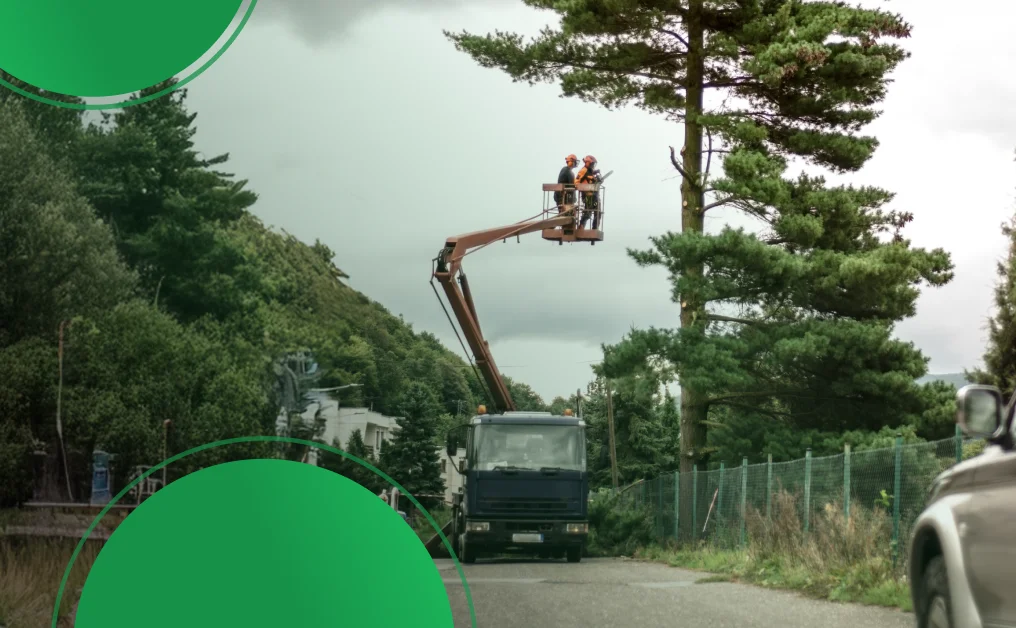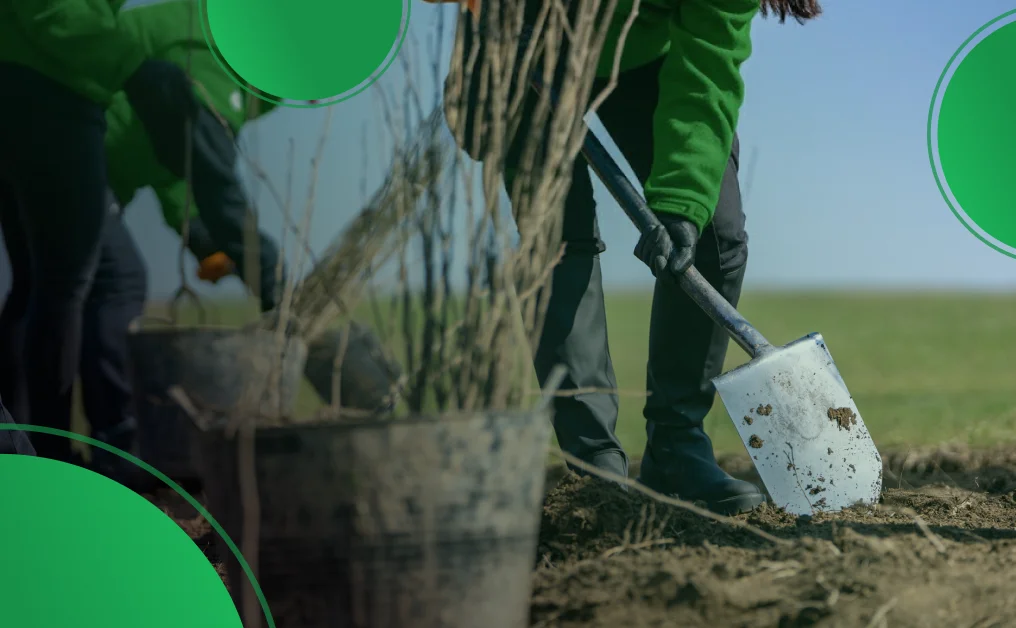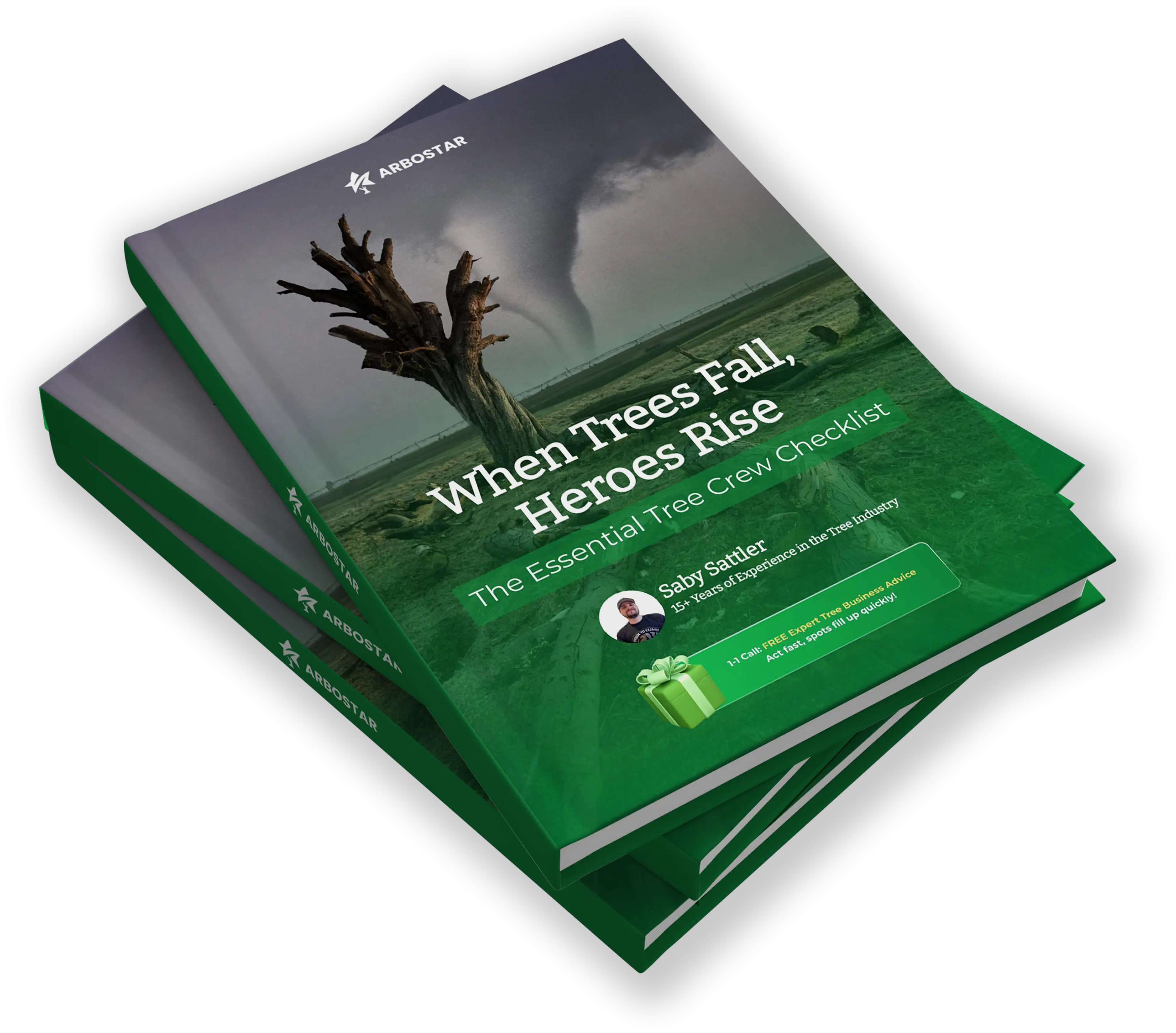Managing Multi-City Tree Care Operations: Strategies, Challenges, and Solutions

The Changing Landscape of Tree Care Businesses
Tree care has transformed from a small-scale, community-centered service into a large and complex industry. Today, many companies are no longer satisfied with serving just one neighborhood or even a single city. They see opportunities to expand, setting up branches in multiple locations and building recognizable brands that stretch across regions.
But growth brings challenges. Managing multi-city tree care operations is not as simple as replicating the same model over and over again. Regulations shift from city to city. Equipment must be tracked and maintained across long distances. Crews need to be trained consistently, even when they're scattered in different regions. And through it all, customers expect professional, reliable service-no matter where they live.
This article takes a closer look at what drives tree care businesses to expand, the obstacles they face, and the strategies that help them succeed when operating across multiple cities.
Why Tree Care Companies Expand Beyond One City
There are several strong motivations for scaling into new markets.
The first is demand. Urbanization is accelerating, and with it comes the need for professional tree maintenance. City governments invest heavily in green spaces, while homeowners and businesses alike require ongoing tree care to maintain safety and aesthetics. Expanding into multiple cities allows businesses to tap into this steady flow of opportunities.
Another driver is risk management. Relying on a single market makes a business vulnerable. For example, a major storm in one city might disrupt business for weeks, but with operations spread across multiple areas, revenue streams remain balanced.
Finally, expansion builds brand recognition. A company that serves multiple regions earns a reputation for professionalism and authority. Customers often assume that if a brand operates in several cities, it must be reliable and experienced.

The Hidden Challenges of Multi-City Operations
While the opportunities are clear, the difficulties can't be ignored.
Logistics and equipment management are often the biggest headaches. Tree care relies on heavy machinery-bucket trucks, stump grinders, chipper machines-and moving these assets between cities is both costly and complicated. Businesses must decide whether to maintain a shared fleet or invest in dedicated equipment for each branch.
Then there's workforce management. Arborists are not easy to recruit or replace. Skilled workers take years to develop, and ensuring consistent training across multiple locations requires strong leadership and standardized systems. Some companies struggle with whether to hire locally, transfer seasoned staff, or use a mix of both.
Regulations present another challenge. Permitting requirements, environmental protections, and insurance obligations vary widely. A business that doesn't carefully track these differences risks fines, project delays, or even legal disputes.
Finally, customer expectations can make or break a company. A client in one city who receives poor service will not care that your best team is working in another location. To them, the brand should deliver the same level of professionalism everywhere.
Strategies for Success
Companies that thrive in multi-city operations usually follow a few key strategies.
First, they rely on thorough market research before expanding. Instead of diving into a new city blindly, they study demographics, competition, and demand. The goal is to find fertile ground where their services will be valued and profitable.
Second, they build scalable business models. Improvised systems might work in one city but fall apart in three. That's why successful businesses rely on standardized processes, documented SOPs, and centralized management systems.
Third, they make smart use of technology. Cloud-based project management tools help coordinate teams across distances, while fleet tracking systems ensure vehicles and equipment are used efficiently. Some companies even deploy drones for large-scale tree health monitoring, cutting down on manual inspections.
People and Safety Come First
No tree care business can survive without skilled workers. Expanding across multiple cities means doubling down on workforce development.
Some companies lean heavily on local hiring, believing that local crews understand community needs better. Others prefer to rotate experienced staff between branches to maintain service quality. The most effective strategy often blends both approaches: local talent for community trust, and supervisors from headquarters to enforce standards.
Training never stops. Tree care is dangerous, involving chainsaws, climbing, and heavy machinery. Ongoing safety programs, OSHA compliance, and certification workshops protect both employees and customers. In this industry, neglecting safety is never an option-it's a direct threat to a company's survival.
Managing Resources Across Multiple Cities
Equipment and fleets are the lifeblood of a tree care business. When scaling, the question becomes: how do you allocate them efficiently?
GPS tracking and fleet management software now make it easier to monitor vehicles across different locations. Managers can track usage, schedule maintenance, and optimize routes to save on fuel.
Equally important is standardizing equipment. A chainsaw or stump grinder in one city should be identical to the one used in another. Standardization simplifies training, prevents errors, and ensures consistent service.
Lastly, preventive maintenance keeps costs under control. A breakdown in one city can delay projects for days. Proactive scheduling helps avoid costly downtime and maintains a reputation for reliability.
Marketing and Branding Across Cities
Expanding into multiple cities also requires a fresh look at branding and marketing.
A strong local SEO strategy ensures that each branch appears in city-specific search results. That means optimizing Google Business Profiles, generating local reviews, and tailoring content to the community.
At the same time, companies must strike a balance between consistent branding and localized messaging. A logo, name, and core message should remain unified across all markets. But the way the message is delivered-whether through advertising, sponsorships, or partnerships-should resonate with each local culture.
Online reputation management also plays a crucial role. Encouraging reviews, responding quickly to feedback, and showcasing customer success stories strengthens trust across all regions.
The Financial Balancing Act
Managing finances across multiple cities is complex. Expansion demands upfront spending on equipment, staff, and marketing, but returns don't always come immediately.
To stay profitable, businesses often expand in phases, opening in one new city at a time. This allows them to refine operations before scaling further.
Cash flow tracking becomes critical. Successful companies monitor revenues and expenses for each branch individually, then compare performance across locations. Centralized dashboards make this process manageable.
Cost reduction is another area where companies must tread carefully. Cutting corners on safety or training can have devastating consequences. Instead, smart businesses save money by bulk-ordering supplies, leasing rather than purchasing equipment, or outsourcing specialized tasks when needed.

Sustainability and Community Engagement
Tree care is, by its nature, tied to the environment. Multi-city companies that embrace sustainability not only reduce costs but also strengthen their reputations.
Eco-friendly methods such as using electric chainsaws and biodegradable oils reduce pollution. Recycling green waste into mulch or biomass energy cuts down on disposal costs while benefiting communities.
Many companies also partner with local environmental groups, planting trees, maintaining public parks, or sponsoring green initiatives. These partnerships foster goodwill and align the business with values that customers increasingly care about.
Looking at Real-World Examples
Some of the most successful tree care businesses didn't expand overnight. They started regionally, tested their systems in nearby cities, and only then grew further.
On the other hand, many failures can be traced to expanding too quickly. Businesses that ignored local regulations, rushed hiring, or failed to standardize services often struggled to keep branches afloat. The lesson? Expansion should be methodical, not reckless.
Conclusion
Managing multi-city tree care operations is not easy. It requires foresight, patience, and adaptability. Yet the rewards can be transformative. Companies that master logistics, invest in training, adopt technology, and respect local regulations position themselves for long-term success.
The future of tree care lies in expansion-but not at any cost. Businesses that grow sustainably, embrace innovation, and focus on safety will not only profit but also play a vital role in keeping our cities green and healthy.




